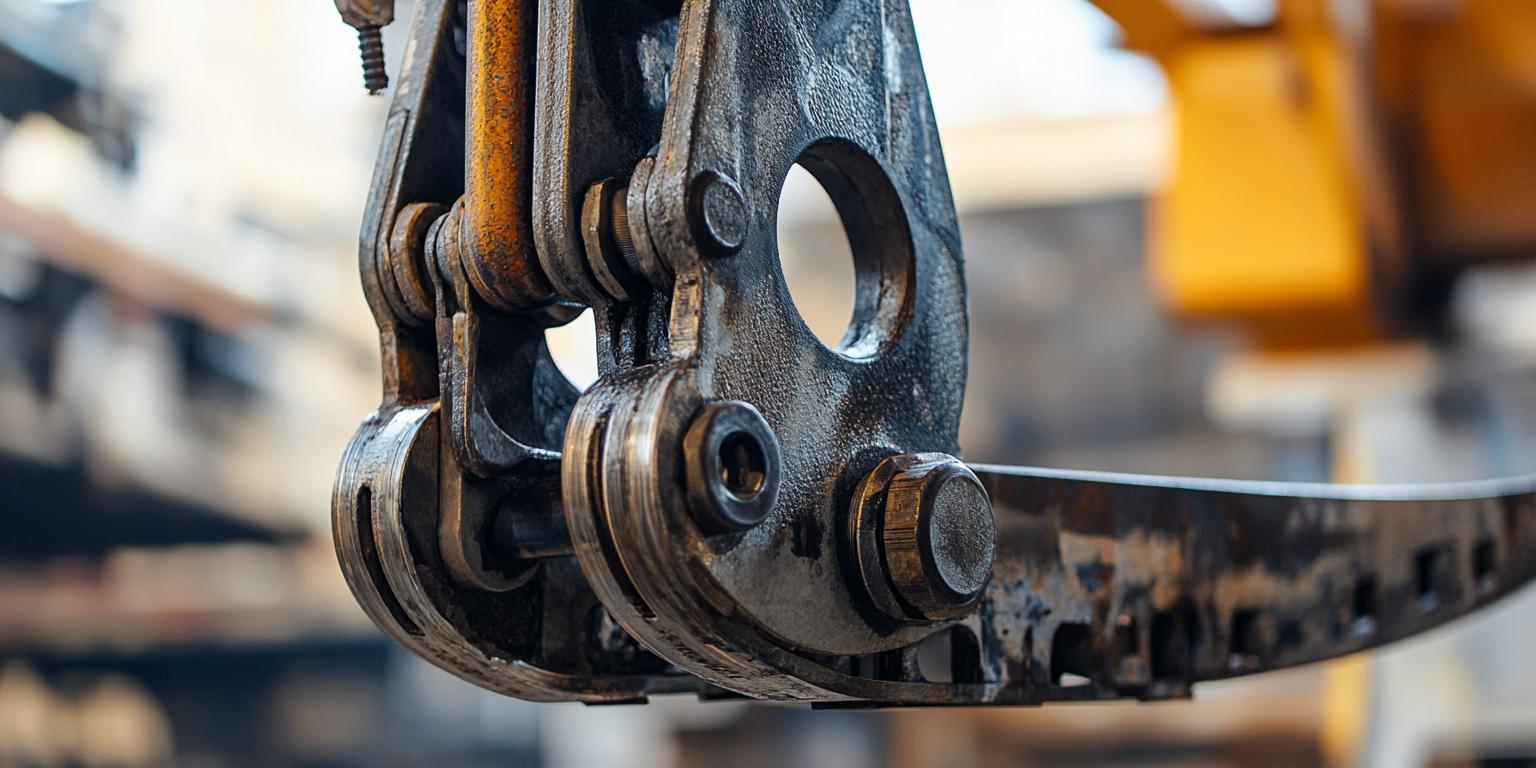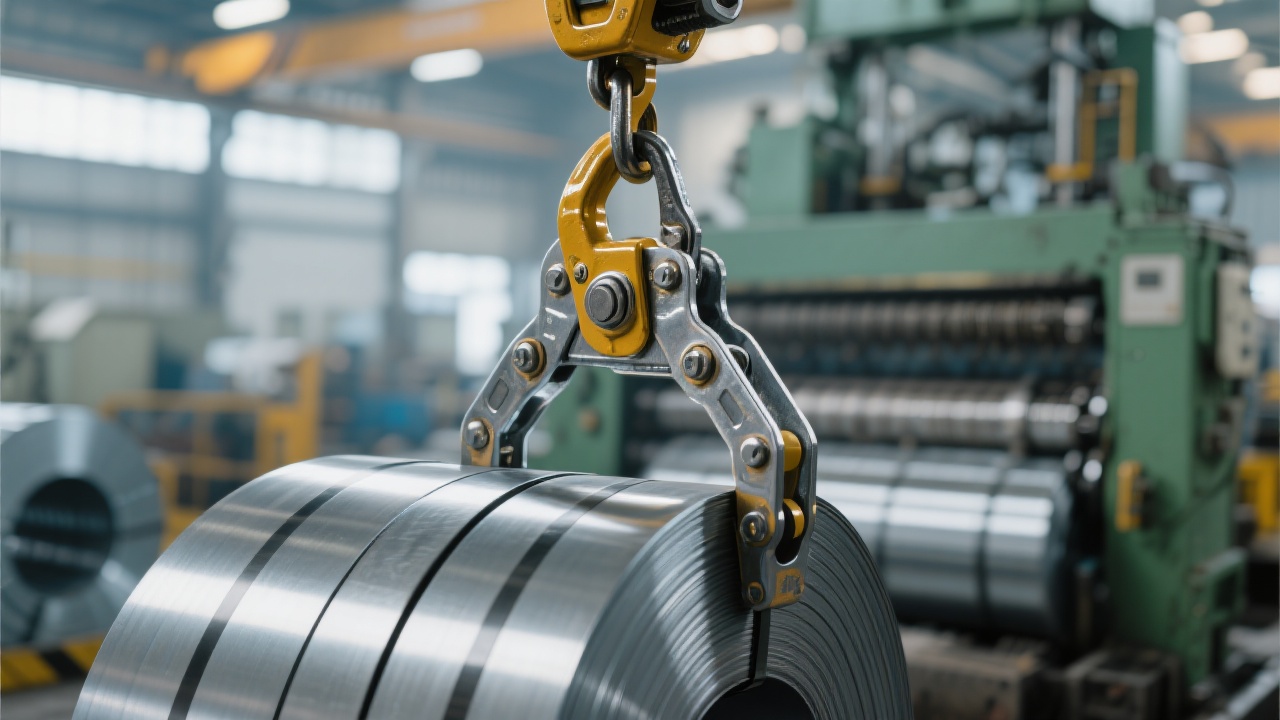
In the demanding arena of steel industry logistics, operational efficiency and safety are paramount. Handling massive steel slabs requires equipment that reliably combines robustness, precision, and ease of use. The advent of high-strength alloy steel slab clamps, designed specifically for steel plate handling, has brought transformative advantages to the sector, elevating logistics workflows at steel manufacturing plants, hot-rolling mills, warehouses, docks, and cold-rolling facilities alike.
The foundational strength of these slab clamps stems from their construction using advanced high-strength alloy steels. This material selection not only ensures exceptional load-bearing capacity—with tensile strengths exceeding 800 MPa—but also significantly improves resistance to wear and fatigue, translating into extended service life and reduced downtime for maintenance.
Equipped with an innovative automatic opening and closing mechanism, these clamps facilitate seamless engagement with steel plates, minimizing manual intervention and accelerating throughput. The integration of lever principles enhances gripping force without requiring excessive input power, ensuring stable, secure handling even for slabs weighing upwards of 15 tons.

Steel industry logistics span diverse environments — from hot-rolled slab transportation to storage yard management. High-strength alloy steel slab clamps exhibit versatility and consistent performance across these varied conditions:

Numerous industrial users report tangible benefits after integrating high-strength alloy slab clamps into their logistics systems. For instance, a leading hot-rolling mill documented a 30% reduction in slab handling time and a 20% decrease in maintenance expenditures within six months of adoption.
| Performance Metric | Pre-Adoption | Post-Adoption |
|---|---|---|
| Average Slab Handling Time (minutes) | 12.5 | 8.7 |
| Maintenance Frequency (per year) | 6 | 2 |
| Safety Incidents Related to Slab Handling | 4/year | 1/year |
These metrics underscore the clamp's capacity not only to streamline operations but also to boost workplace safety and reduce long-term operational costs effectively.

While these slab clamps greatly enhance logistics efficiency, their optimal performance depends on routine maintenance and operator training. Recommended practices include:
Adherence to these guidelines extends equipment durability, cuts unplanned downtime, and sustains safety standards.

